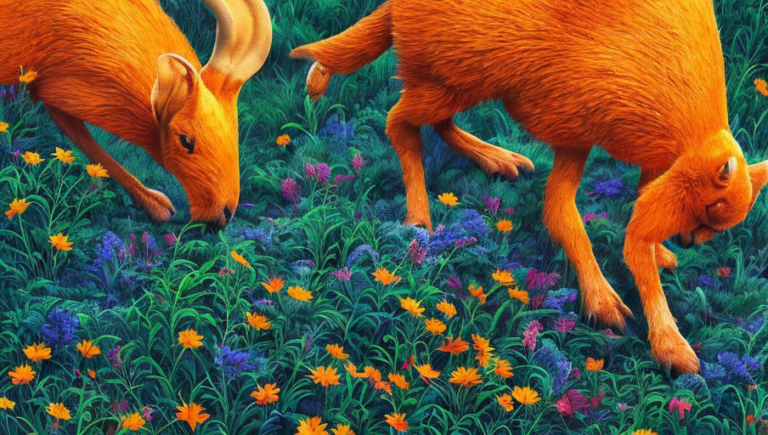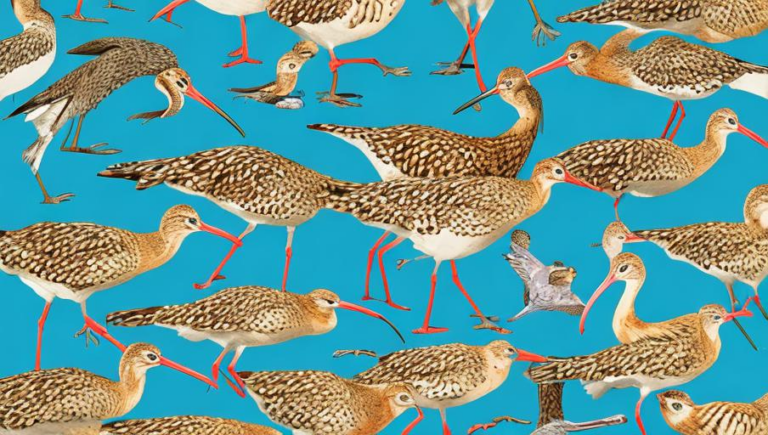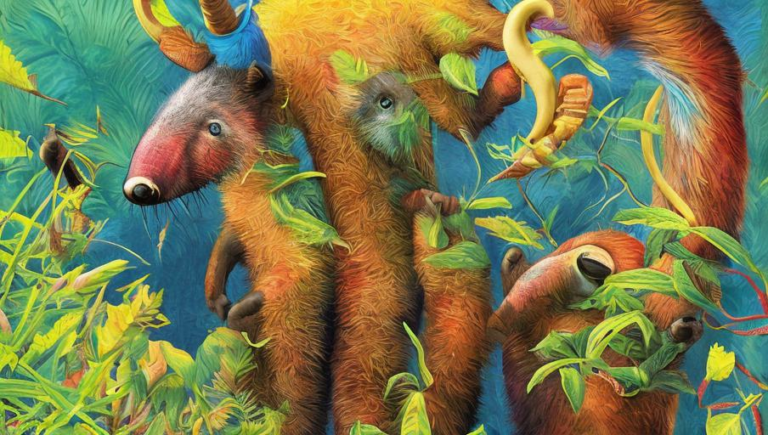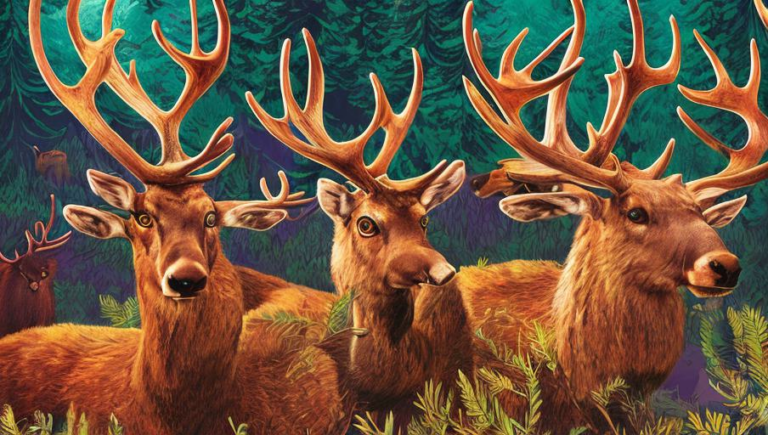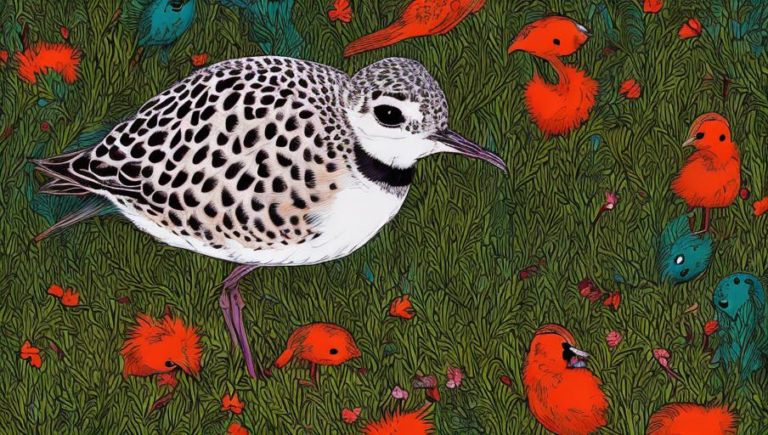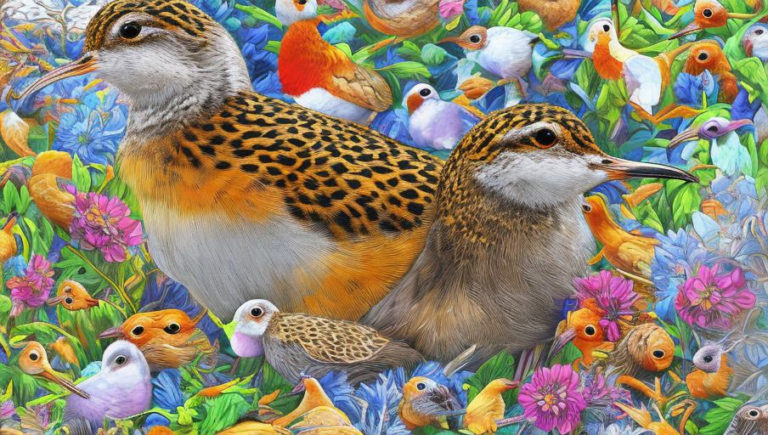A Closer Look at Aardvark Anatomy
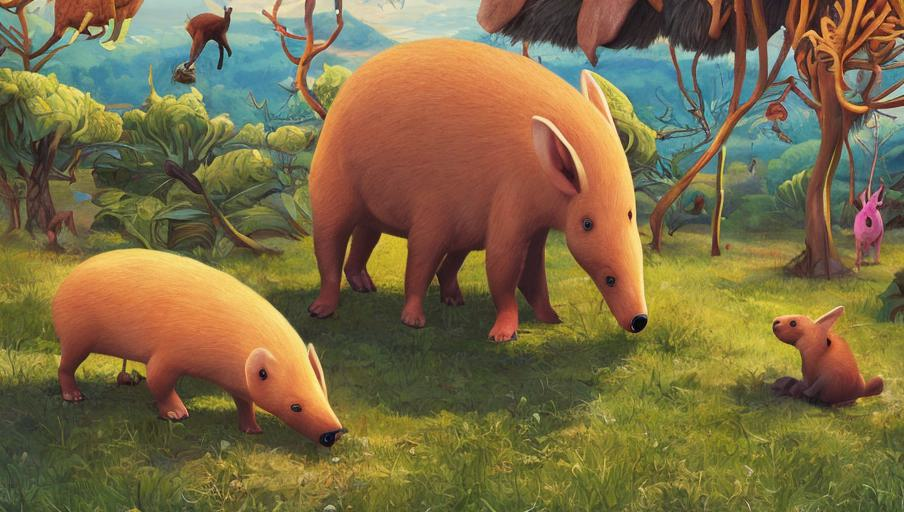
Introduction to Aardvarks
Aardvarks are fascinating animals. They are found in Africa, where they live in savannas, grasslands, and woodlands. They are nocturnal, and they feed mainly on ants and termites. Aardvarks are also known for their long noses, powerful claws, and thick hides. They are the only living members of the order Tubulidentata.
Anatomy of an Aardvark
Aardvarks have a variety of unique physical features that allow them to survive in their environment. They have long, powerful claws which help them dig burrows and forage for food. Their long snouts are also useful for sniffing out food. Furthermore, aardvarks have thick hides, which provide them with protection from predators. Finally, aardvarks have large ears and strong legs which allow them to run quickly.
Diet and Digestive System
The diet of aardvarks consists mainly of ants and termites. Aardvarks consume a large number of these insects, particularly during the rainy season. They use their long snouts and powerful claws to dig into the ground and reach the colonies. Aardvarks also have a unique digestive system, which allows them to extract the most nutrients from their diet.
Reproduction and Lifespan
Aardvarks breed once a year, usually during the dry season. The female gives birth to one or two young after a gestation period of about seven months. The young are blind and helpless at birth, and the mother takes care of them for the first few weeks. Aardvarks have a lifespan of about 10 years in the wild.
Conclusion
Aardvarks are amazing animals with a variety of fascinating features that allow them to survive in their environment. They have long powerful claws, thick hides, and strong legs. They also have a unique digestive system that allows them to extract the most nutrients from their diet. Finally, they have a short lifespan of around 10 years, during which they breed once a year.
